Isaac Cabrera sat with a blanket over his head until―poof!―his foster mom pulled it off with a flourish.
“Peek-a-boo!” she exclaimed.
Isaac grinned up at her, with a heart-melting smile and sparkling eyes. At 18 months, he clearly has this charm thing down pat.
Since he arrived in Grand Rapids, Michigan, for surgery on his cleft palate, the little boy from Honduras has won over his caregiving team.
“He’s such a sweetheart,” said Carol Nyeholt, his foster mother. “He’s so laid-back and easygoing.”
Isaac arrived in Grand Rapids in July, as a 1-year-old with a mop of curly dark hair and deep brown eyes. The groundwork for his journey had begun when he was a tiny infant.
A doctor working with Medical Missions Outreach discovered Isaac in a hospital in El Progreso, Honduras, when he was just a couple of months old. He was tiny, weak and malnourished. The cleft lip and palate made it difficult for him to eat.
Eager to help him, the doctor sent pictures of the baby boy to John Huntington, MD, a pediatric anesthesiologist at Spectrum Health Helen DeVos Children’s Hospital, who also works with the mission group.
“The hospital (in Honduras) did not have the resources to properly feed and care for him,” Dr. Huntington said. “(We) felt that Isaac’s chance of survival would be very low.”
Hope of Honduras, a children’s home run by Mark and Amy Coats, agreed to take care of Isaac as the doctors looked for a way to get his cleft palate repaired.
“They took excellent care of him,” Dr. Huntington said.
He’s getting more and more full of life, which I love to see.
The doctors also sought help from another organization, Healing the Children’s Michigan-Ohio chapter. The director, Helen Salan, made arrangements to bring Isaac to Grand Rapids, Michigan, for surgery at Helen DeVos Children’s Hospital.
Isaac arrived in West Michigan in July 2017 and moved into Carol and Bryan Nyeholt’s home in Hudsonville.
At 1, he was unable to sit up by himself. He moved around with a low, scooting crawl. His right eye was cloudy. He made few noises and appeared to have trouble hearing.
He quickly bonded to his foster parents.
His first surgery occurred two days after he arrived. John Girotto, MD, a pediatric craniofacial surgeon, performed the operation to repair the roof of Isaac’s mouth, his nose and his upper lip.
If Isaac lived in the U.S., the repairs would have been done in stages, beginning with the lip at 3 months of age and the cleft palate at age 1, Dr. Girotto said. But because Isaac had to leave home and travel far for his surgery, he waited until Isaac was 1, so he could operate on his lip and palate in one operation.
“It’s the right answer when you only have a limited period of time,” he said.
Eyes and ears
While Isaac was under anesthesia, Joseph Taylor, MD, an otolaryngologist, put tubes in Isaac’s ears to improve his hearing. Pediatric ophthalmologist Patrick Droste, MD, examined his eyes and found scarring in the right cornea, likely caused by an infection.
After Isaac recovered from the surgery, he began a series of eye appointments.
Dr. Droste provided eye patches, which Isaac used for about an hour or two each day, alternating his left and right eyes.
The doctor also provided Isaac with glasses, changing the prescription frequently. And he gave him steroid eye drops to improve the cloudiness in the right eye.
The treatments improved his vision and, with glasses, made it possible for Isaac to see equally well with both eyes. That was important because if the right eye’s vision remained cloudy, over time, his brain would shut down the vision from that eye, Dr. Droste said.
Isaac took to the glasses without any fuss.
“For the most part, he leaves them on,” Carol said. “I think he knows they help him.”
Learning to walk
With his cleft palate repaired, Isaac displayed a hearty appetite. He loved grilled cheese, peanut butter and jelly sandwiches, hotdogs and chicken. And his eyes lit up when he saw any kind of fruit.
In the six months following his surgery, Isaac grew bigger and stronger. Once he started walking, he followed Carol around the house, holding onto her pant leg.
“He’s pretty much in a good mood always,” Carol said, as she sat beside Isaac on the living room floor amid his toys.
Isaac toddled to her and sat down on her lap. Carol pulled him close for a snuggle.
“How can you not love a face like that?” she said.
Six months after his cleft palate surgery, Isaac returned to the operating room for the second stage of the repair. Flaps from his cheeks had been used to fill the hole in the roof of Isaac’s mouth. Dr. Girotto separated the new palate from the cheek.
The repairs to Isaac’s cleft lip and palate will affect his life over the long term―improving his appearance, his ability to eat and his speech, Dr. Girotto said.
“Your social interactions are dramatically different,” he said.
Watching Isaac’s progress has been heartwarming for his foster family and his medical team.
“He’s getting more and more full of life, which I love to see,” Carol said.
“I think he’s a superstar,” Dr. Droste said. “And the good Lord is looking out for him.”
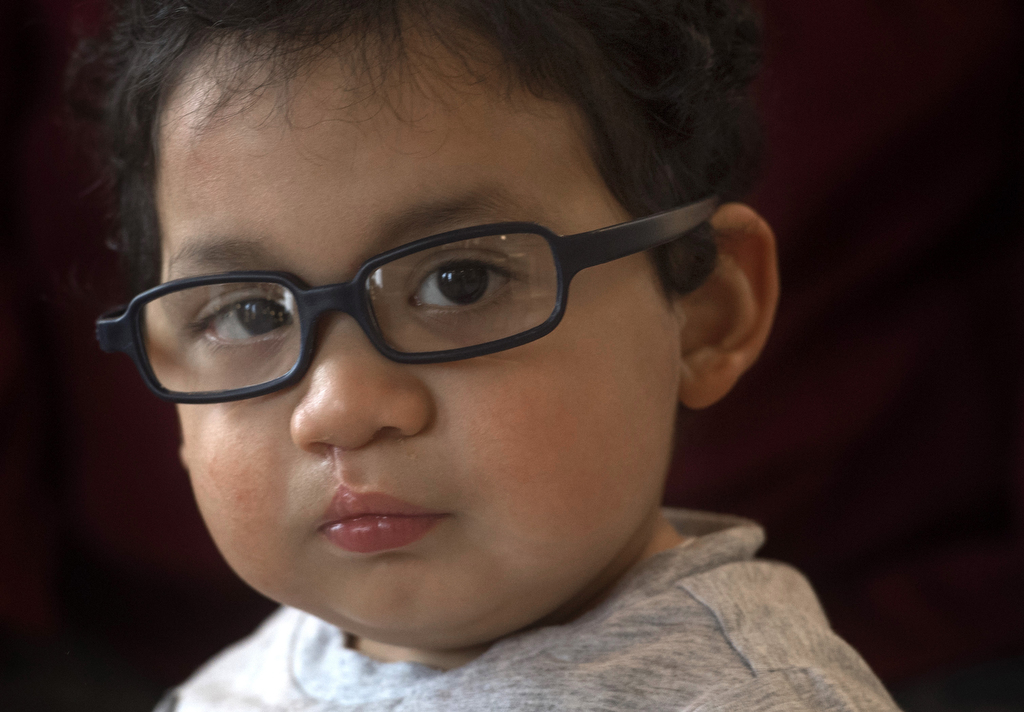
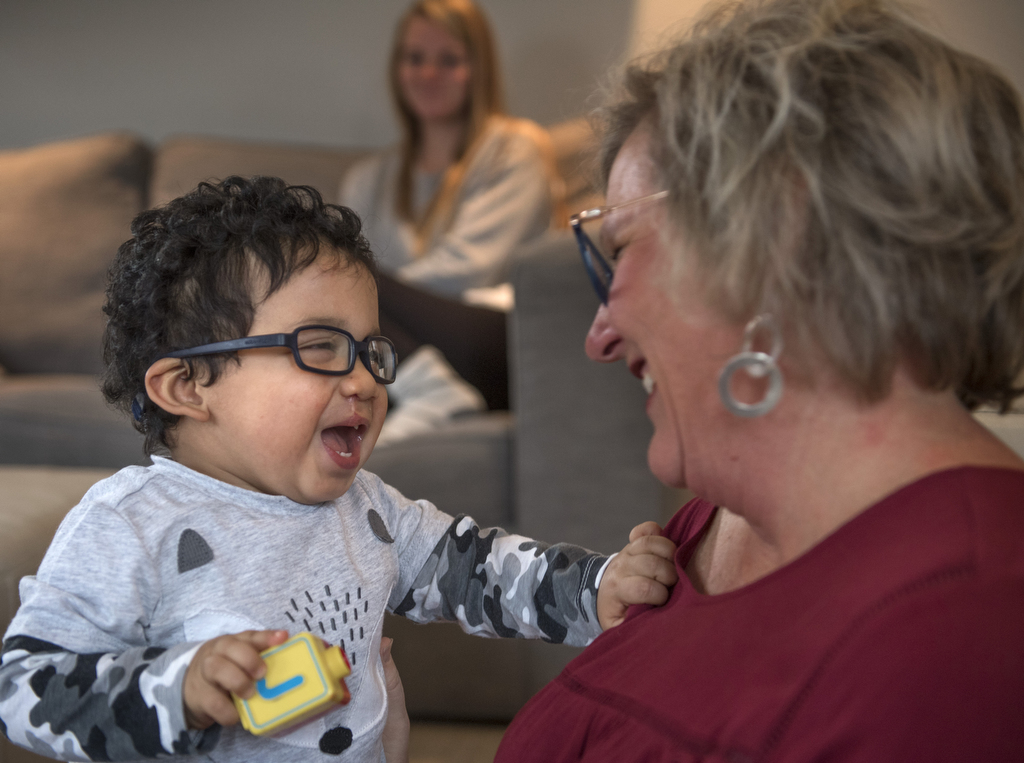
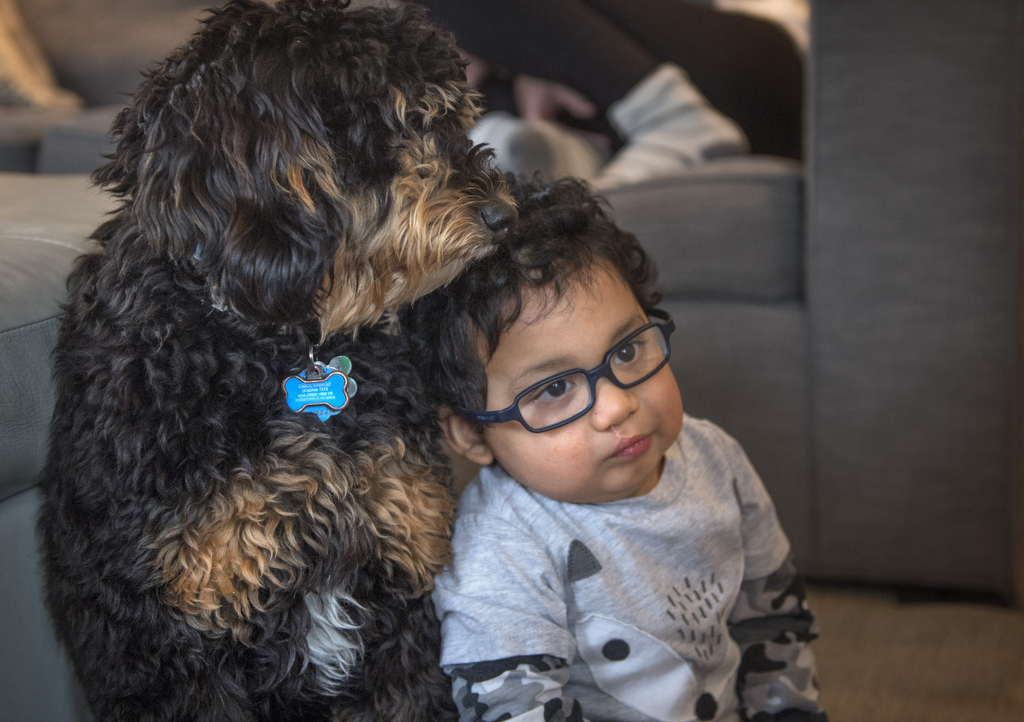
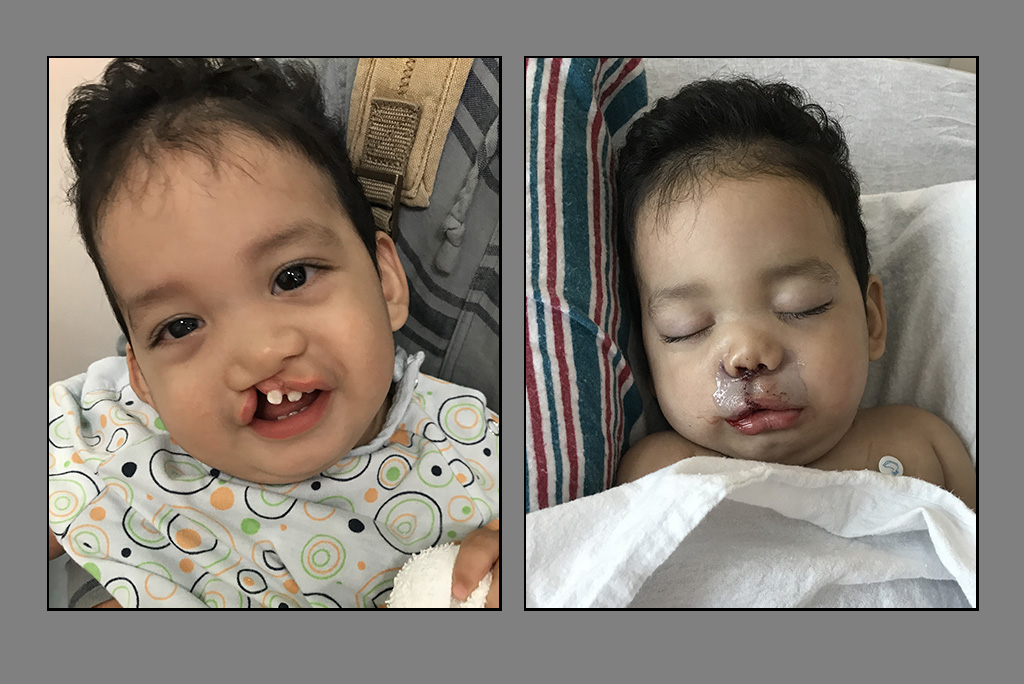
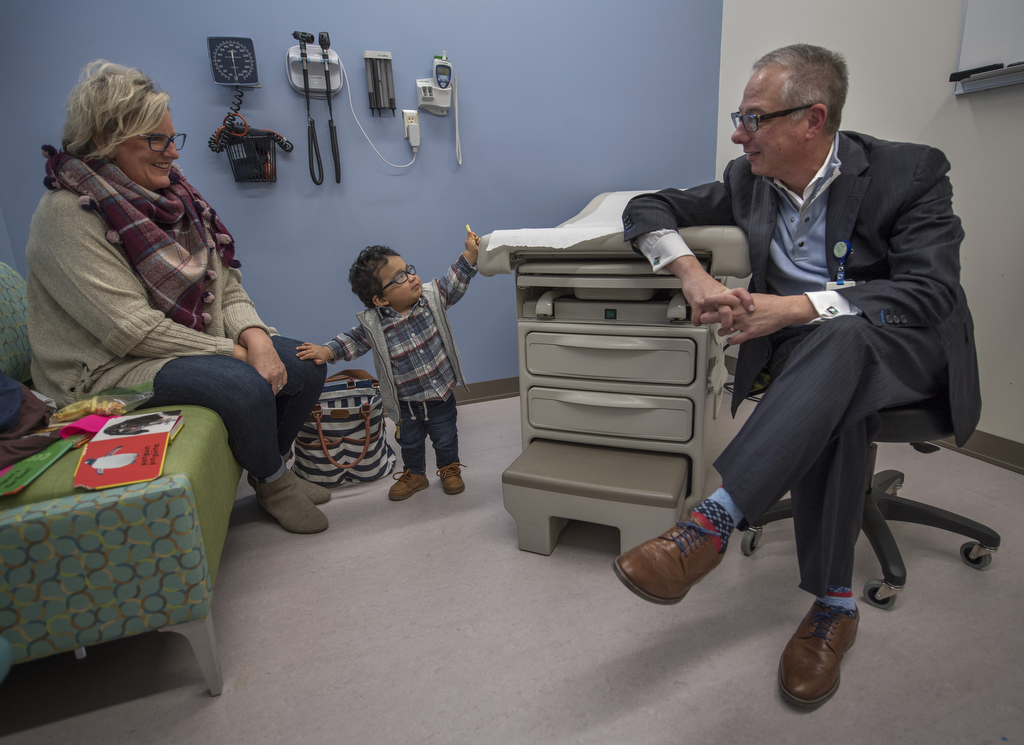


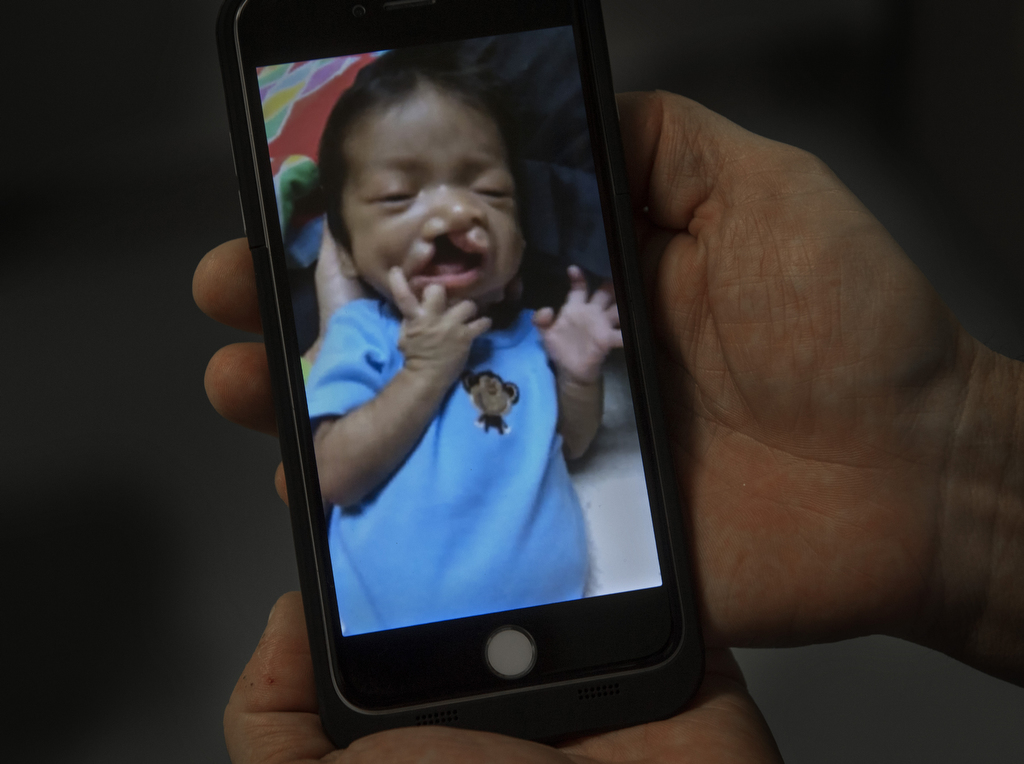
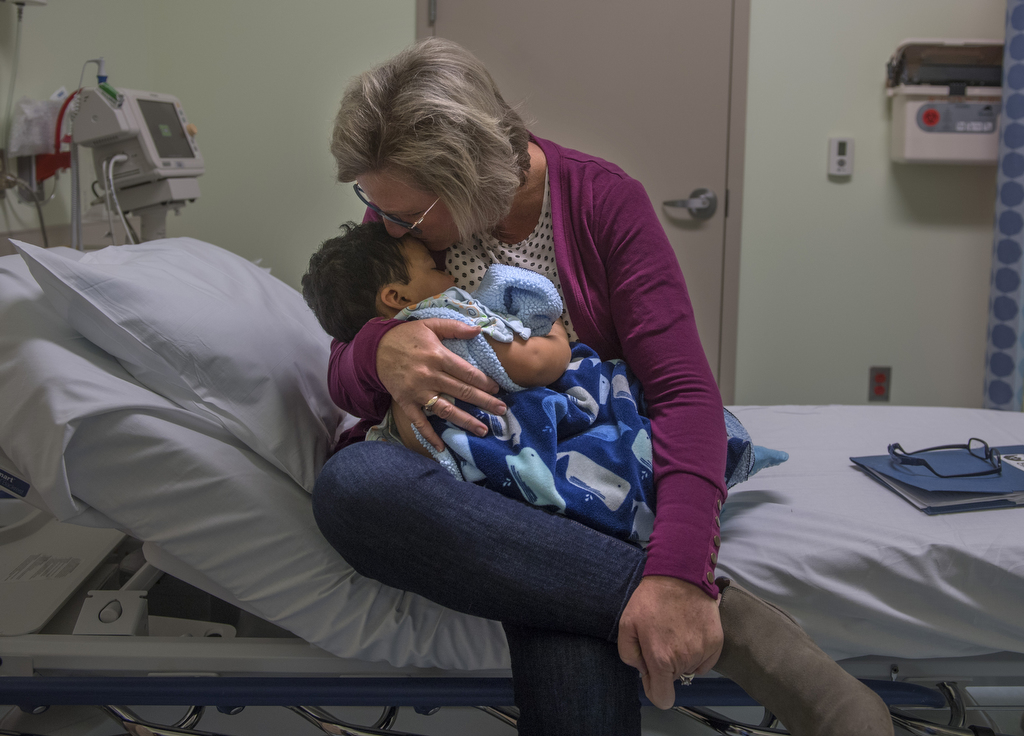

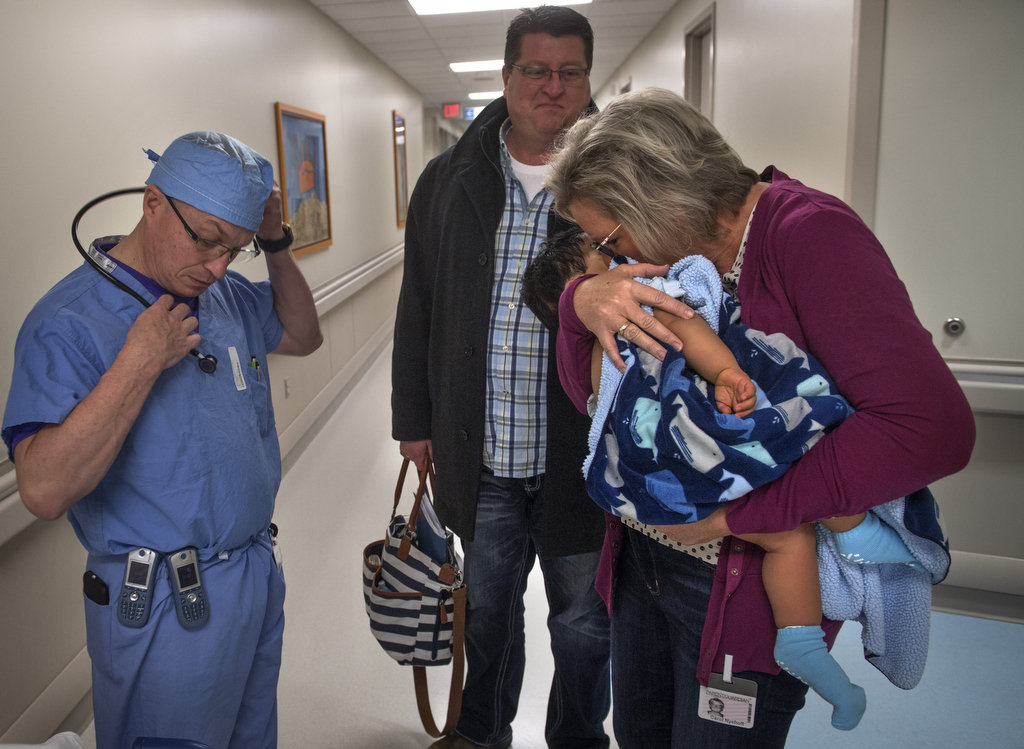

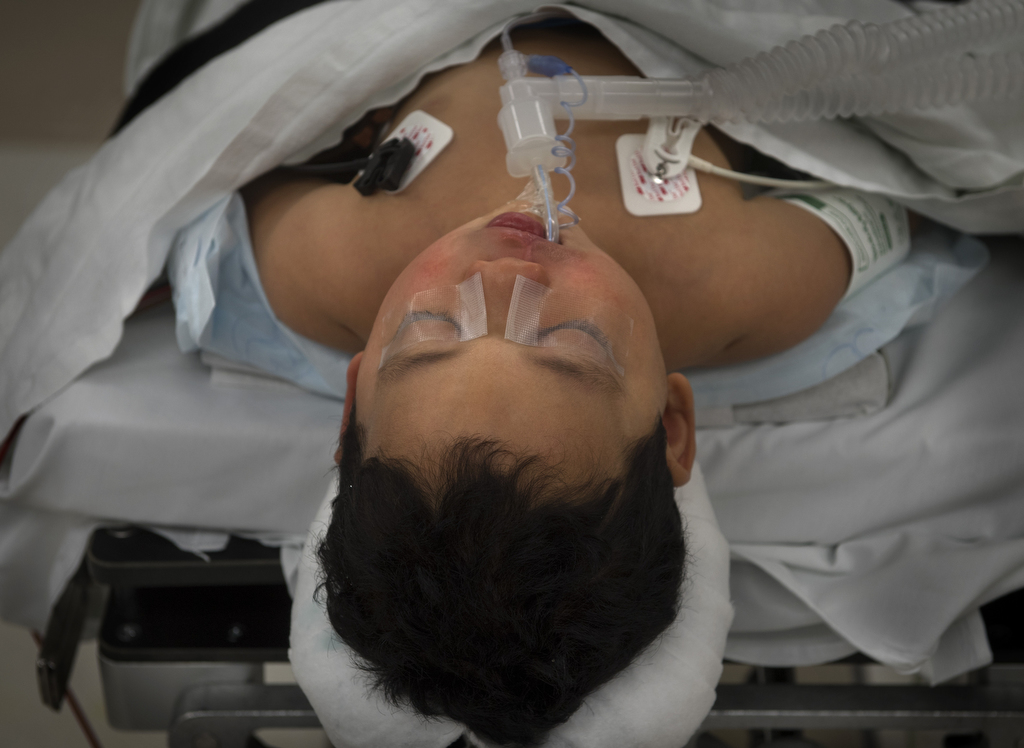
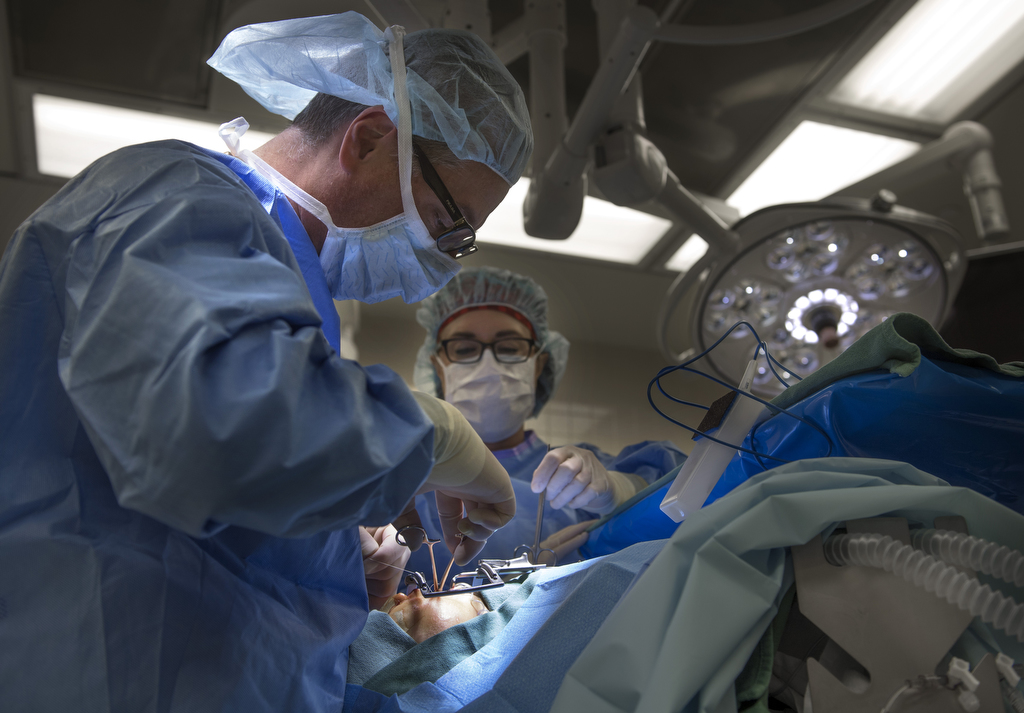
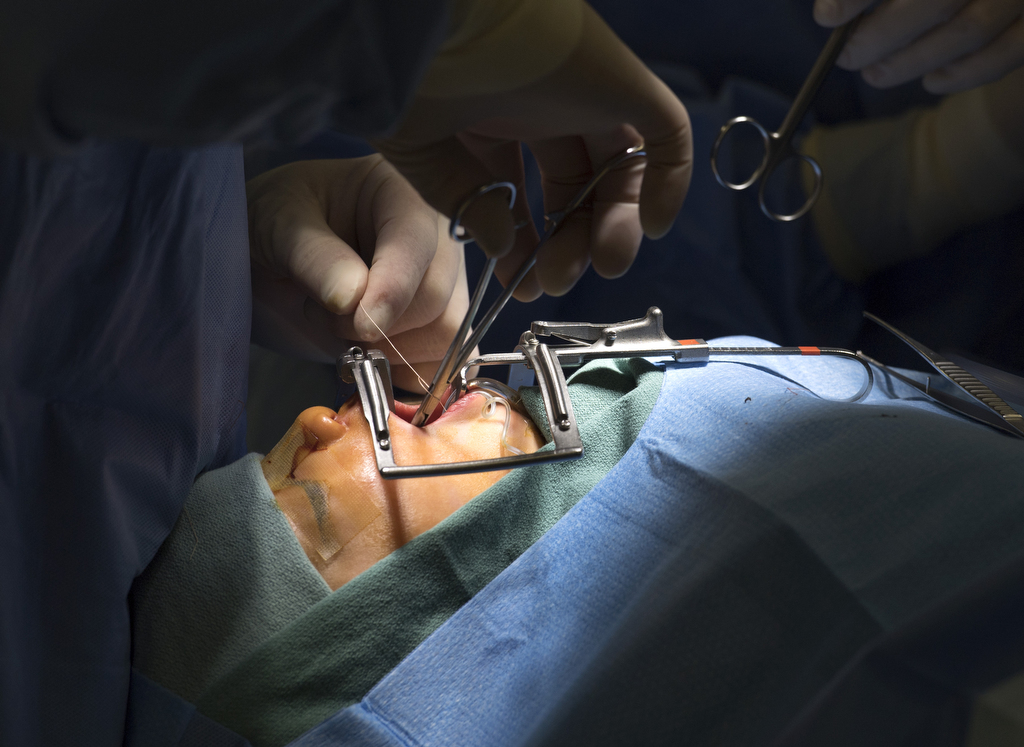
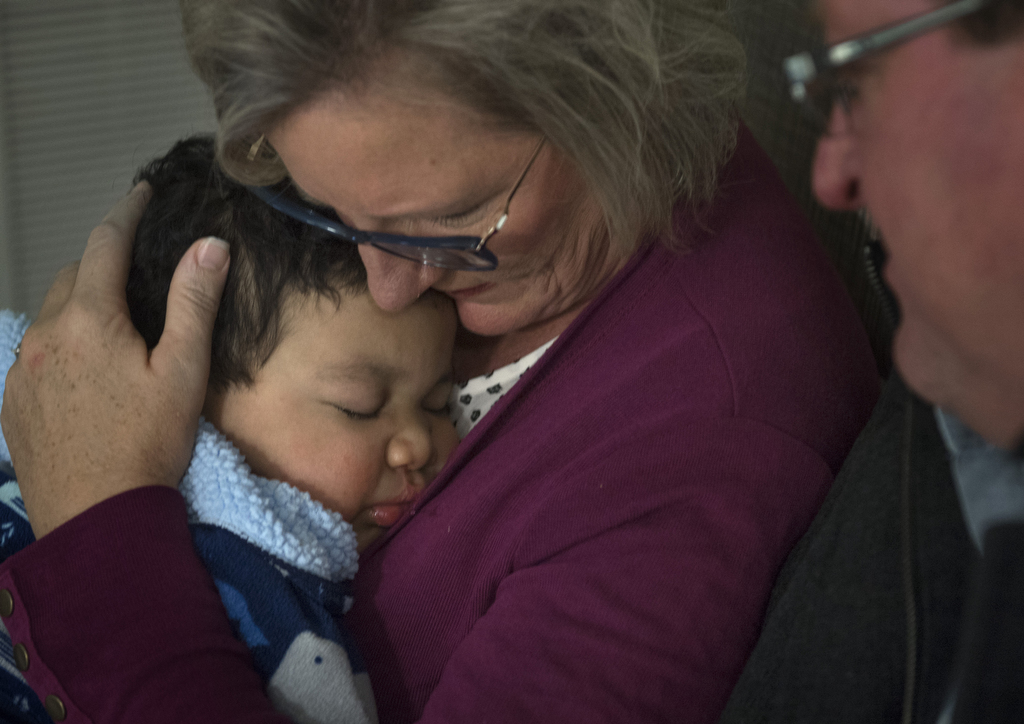
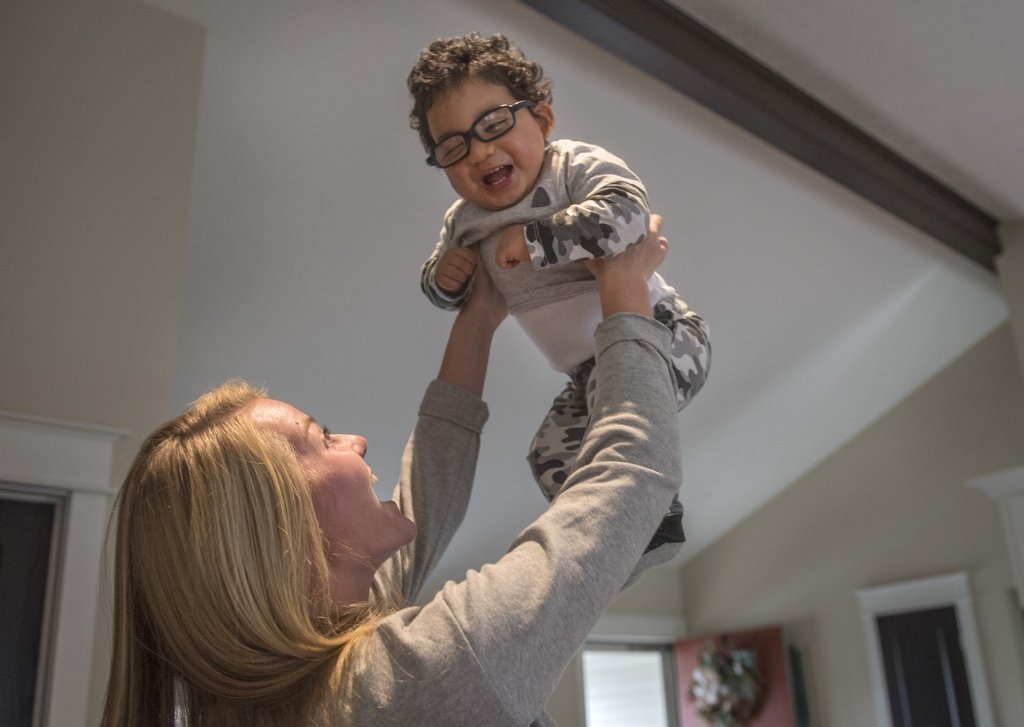

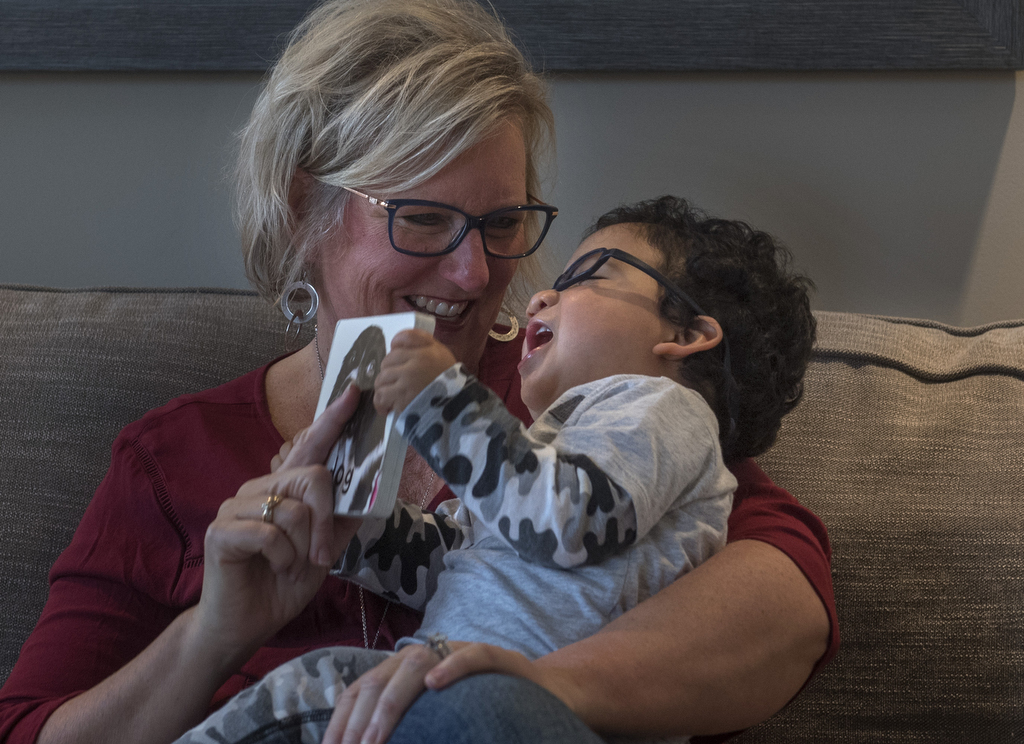
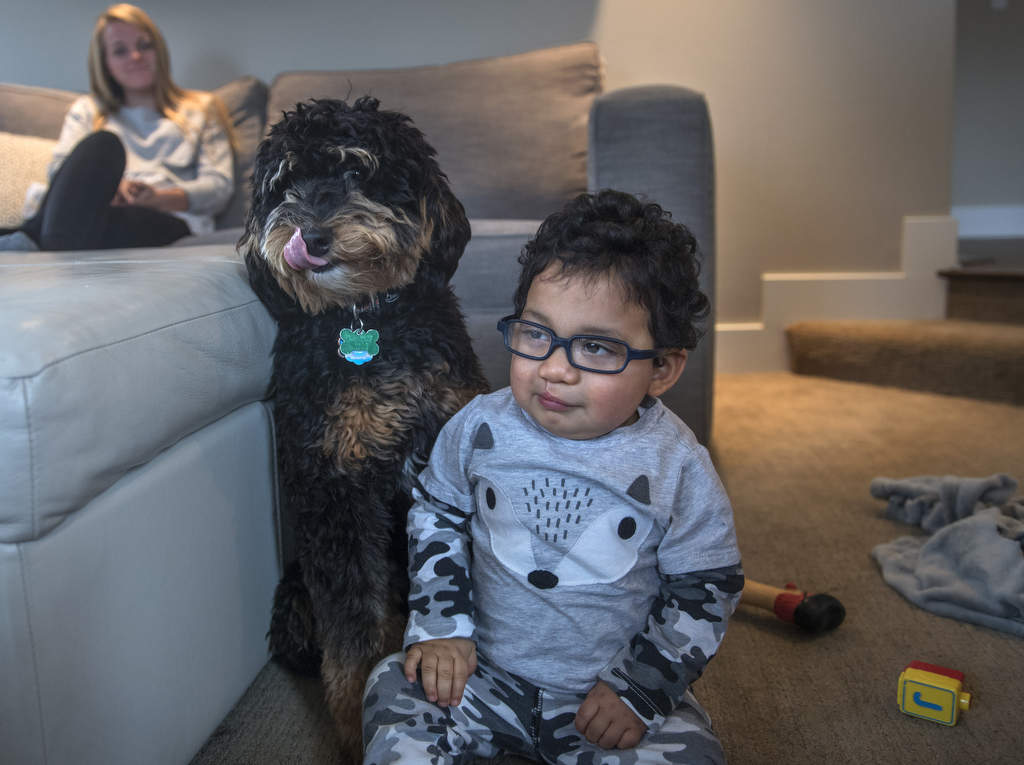
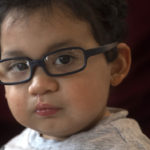
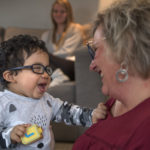
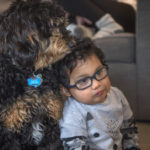
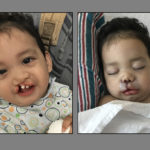
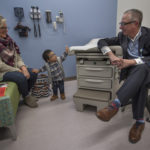
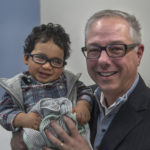















 /a>
/a>
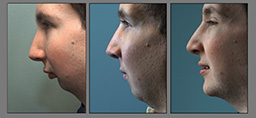 /a>
/a>
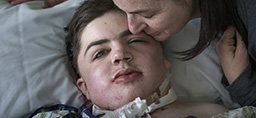 /a>
/a>
It’s beyond heartwarming to read this story. It’s so wonderful to see good people in the world who help others, the foster family, the doctors, nurses, etc. What a blessing you all are to this sweet boy whose life is forever changed.
Is this little man’s parents been kept up to date with his progress?
Yes, the Healing the Children team worked closely with his caregivers back in Honduras, to where he has recently returned. 🙂
Amazing story! So many people involved in making his world more bearable. Will Isaac be returning to his family in Honduras?
Yes, Isaac has returned home. 🙂
Thanks for sharing this incredible heart warming story!